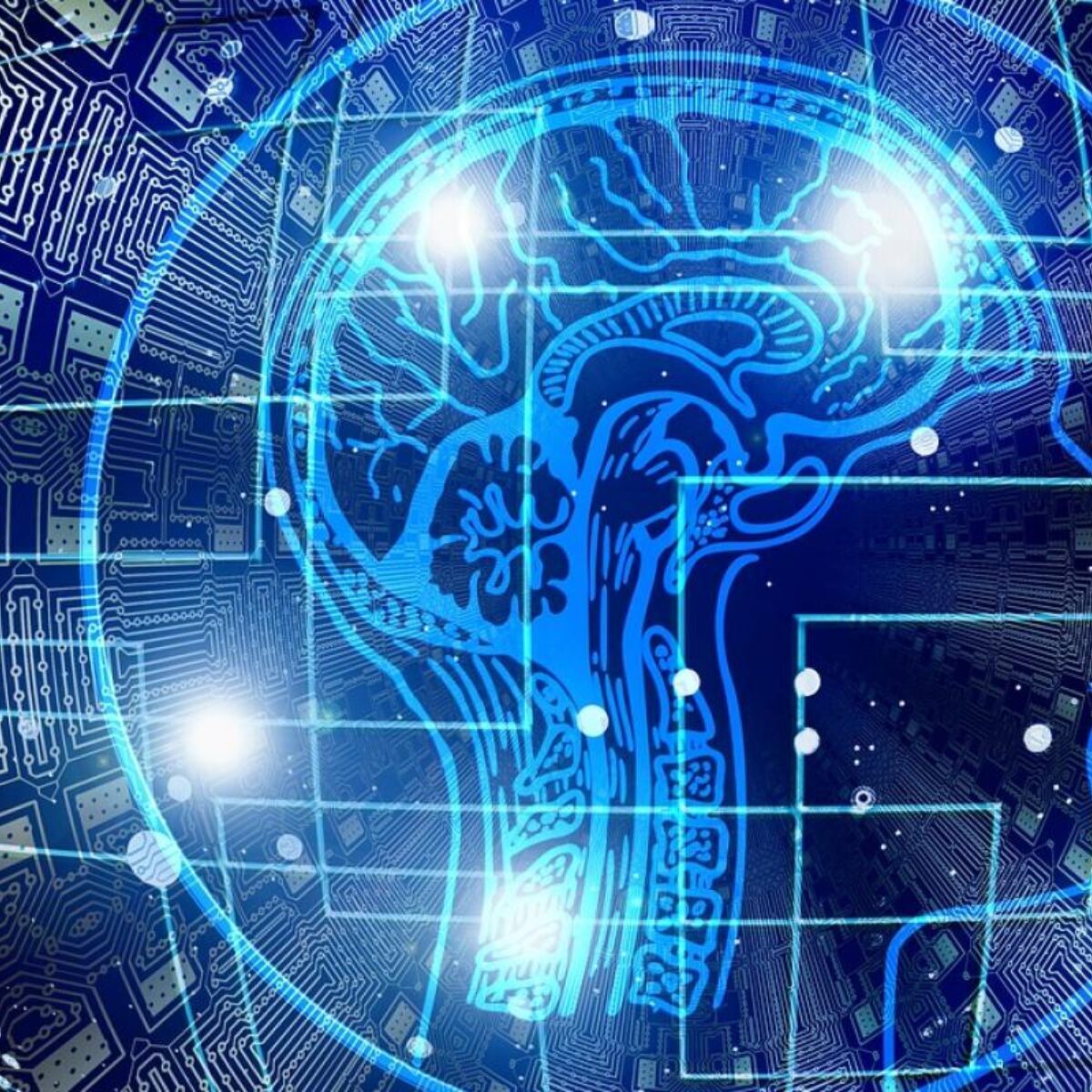Introduction to Brokoslaw Laschowski’s Work
Brokoslaw Laschowski, affectionately known as Brok, is a computational neuroscientist who is making significant strides in the field of neuroscience and artificial intelligence (AI). His primary focus is on developing machine learning algorithms that can reverse engineer and interface with the brain. This groundbreaking research has the potential to revolutionize our understanding of the brain and pave the way for new therapeutic applications.
Machine Learning and Brain Interfaces
Laschowski’s work involves creating sophisticated machine learning models that can decode and interpret brain signals. These models are designed to understand the complex neural pathways and how they relate to various cognitive functions. By reverse engineering the brain, Laschowski aims to develop interfaces that can seamlessly connect with neural circuits, potentially leading to advancements in brain-computer interfaces (BCIs).
One notable example of BCI technology is Neuralink, a company founded by Elon Musk. Neuralink has developed a brain chip that allows paralyzed individuals to control computers and play online games using their thoughts. This technology highlights the potential of BCIs to improve the quality of life for individuals with neurological impairments. For more information, you can read about a paralyzed man playing online chess with a Neuralink brain chip here.
Advancements in Brain Stimulation Techniques
In addition to BCIs, researchers are also exploring non-invasive brain stimulation techniques to enhance or hinder connectivity in specific brain pathways. One such technique is cortico-cortical paired associative stimulation (ccPAS), which has shown promise in improving cognitive performance and managing social dysfunction disorders. This technique could lead to new therapeutic applications for conditions like autism and schizophrenia. To learn more about this research, visit Mirroring Minds: How Brain Circuits Drive Imitative Behavior.
Artificial Synapses and Neurological Junctions
Scientists are also making strides in creating artificial neurological junctions, known as synapses, using water and salt. These artificial synapses mimic the function of human brain synapses and could revolutionize the tech industry, particularly in AI and computing. This breakthrough has significant implications for developing advanced computers that function more like the human brain. For detailed information, check out the article on artificial brain with AI.
AI-Powered Medical Assistants
The integration of AI in healthcare is another exciting development. The Center for Artificial Intelligence and Robotics (CAIR) in China is testing an AI chatbot designed to assist brain surgeons. This AI-powered medical assistant can process diagnostic data and provide valuable insights during consultations, potentially revolutionizing neurosurgery outcomes. For more details, read about the AI chatbot for brain surgeons here.
Ethical Considerations and Future Directions
As with any emerging technology, there are ethical considerations to address. The development of realistic robots and AI-powered systems raises questions about privacy, data security, and the potential for job displacement. It is crucial to ensure that these technologies are developed and deployed responsibly, with a focus on enhancing human capabilities and improving quality of life.
Related Articles
- Redefining Data Intelligence at Internet Scale with Neuro-Symbolic AI on Polkadot
- Launching Deep Lex: Where Law Meets AI
- Model-Based Design AI to Accelerate Medical Innovation
- The New Relationship Between Creators and Beta Character AI
- Advanced Robotics: Navigating Obstacles with Lidar and MPU6050
Looking for Travel Inspiration?
Explore Textify’s AI membership
Need a Chart? Explore the world’s largest Charts database
